Let’s issue a disclaimer right out of the gate. Calling a tanto a Japanese sword is a bit of a misnomer since it is quite short and really more like a dagger. But for the purposes of this article, the descriptor should suffice.
Now let’s get back to the matter at hand, which is defining the most common patterns of Japanese swords. Depending on whom you ask, these are more than likely a tanto, wakizashi, katana, and odachi sword, in order of ascending size.
Let’s start with the smallest of these, which is the tanto. A tanto (which literally means “short blade” in Japanese) is a relatively small knife with a slightly curved blade and a single edge. The length of a tanto’s blade is usually around 6 to 12 inches.
The point of a tanto is also distinctive, as it typically consists of two cutting edges set against each other at an angle, rather than having a continuous belly. This style of point is exceptionally strong, especially for penetrating thrusts.
The handle (tsuka) of the tanto is designed to accommodate a grip of one hand, and is usually made with wood, over which rayskin is wrapped, followed by silk or cord, which provides good traction.
Stepping up in size we have the wakizashi, a relatively short Japanese sword that, like the tanto, has a slightly curved blade, albeit slightly larger, at approximately 12 to 24 inches. Like the tanto, a wakizashi would be made with a handle of wood over which rayskin and cord would be laid. It was also intended to be wielded with one hand.
The next, larger cousin of these two Japanese swords is the katana, arguably the most commonly encountered and recognizable of all the patterns that will be covered here.
Designed to be wielded with either one or two hands, and with a larger tsuka that could easily accommodate a two-handed grip, a katana sports a longer blade, somewhere between 24 and 31 inches. Like the other Japanese swords mentioned here, it has a single edge and a slight curve to the blade.
The katana is so sized and balanced that it can be effectively used for both slashing and thrusting, and it offers greater reach and power than the smaller wakizashi.
The tsuka of the katana, like the tanto and wakizashi, would be made of wood, covered in rayskin, and then wrapped in cord, silk or cloth, providing additional grip. Sometimes, a katana will be sold or displayed in a pair with a wakizashi, which is known as a daisho.
The largest of the most commonly encountered Japanese swords is known as an odachi sword, sometimes also called a nodachi.
An odachi sword is the largest of this bunch, and would commonly have a blade between 35 and almost 90 inches. They also sported long hilts, made in the same configuration as those explored here, and were designed to be used with two hands.
A typical odachi sword pattern would have a more aggressive curve in the blade, making it most effective for long, sweeping slashes. It was the largest and most formidable of most common Japanese sword patterns.
Here for an Odachi Sword or Some Other Traditional Japanese Weapon
By no means is the collection of 4 Japanese swords explored here a comprehensive analysis of the weapons of feudal Japan. These are just among the most commonly encountered as reproductions and in popular culture, especially in the West. Either way, if you are looking for something like one of these, whether for Japanese martial arts or for a display, visit True Swords. They carry all of these and many other Japanese swords and weapons.
For more information about Sword Cane and Rengoku Sword Please visit: True Swords.
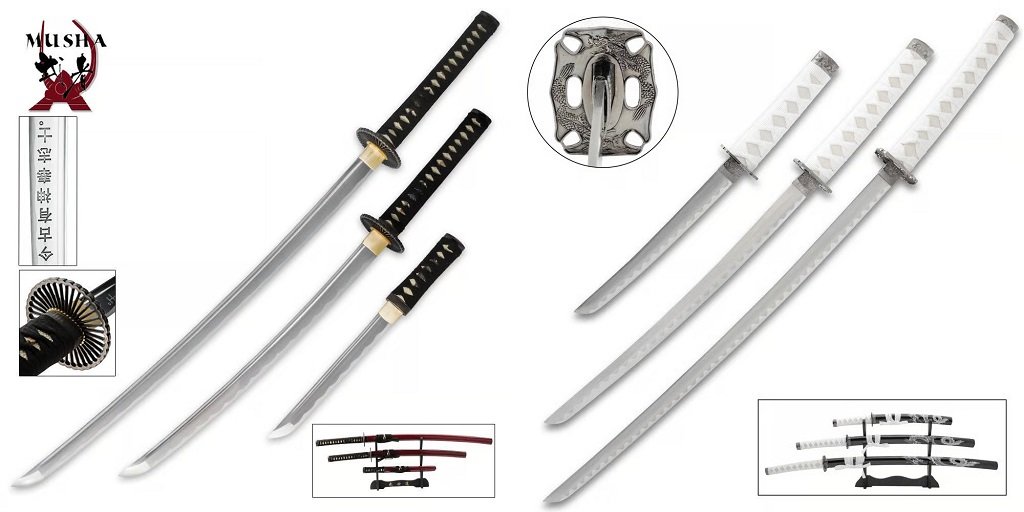
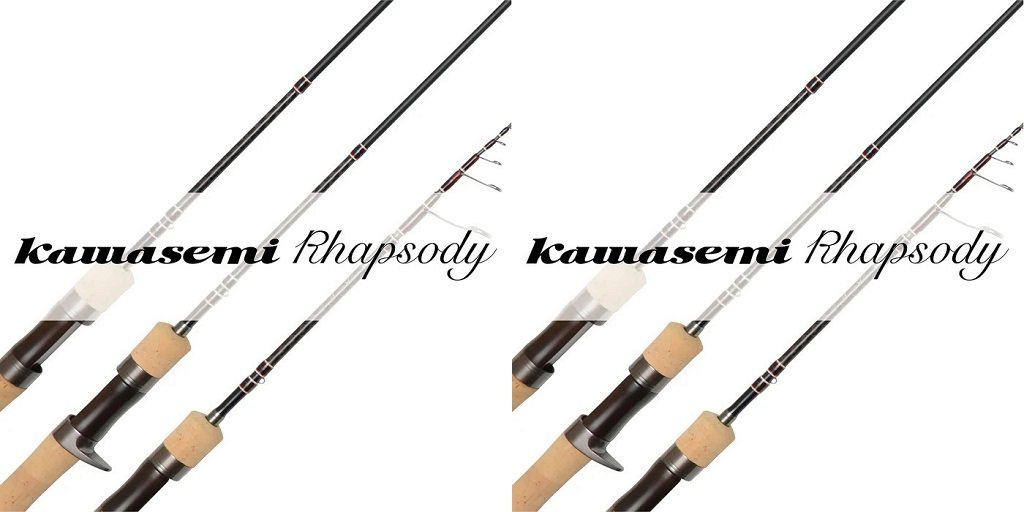
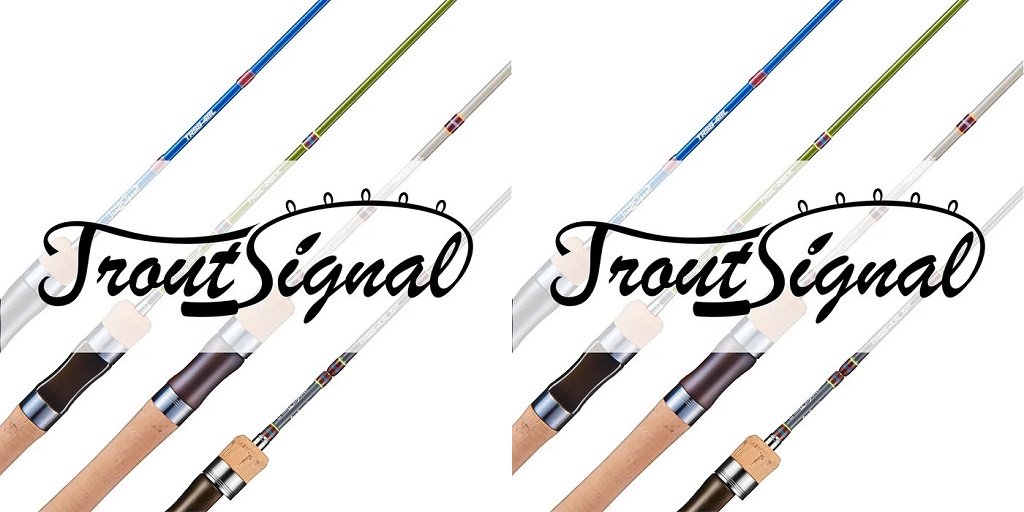

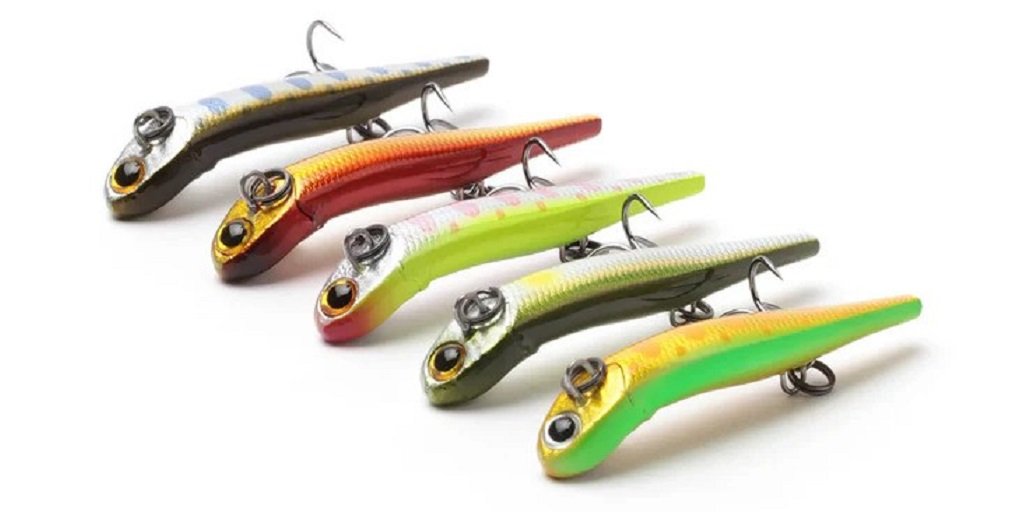




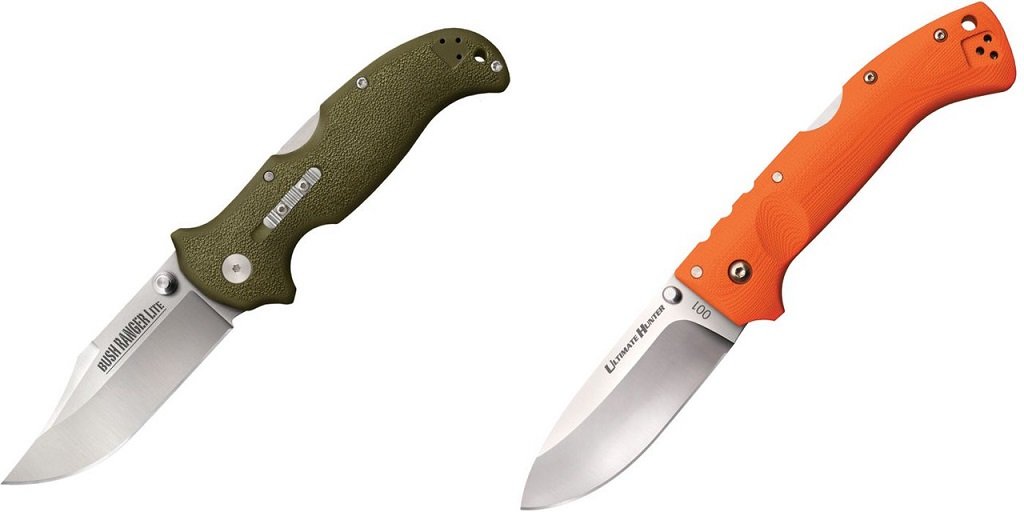


Leave a Reply